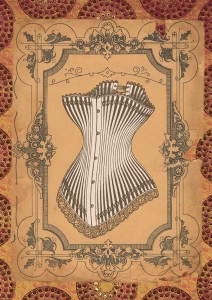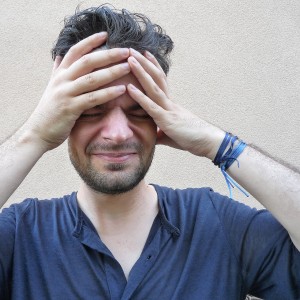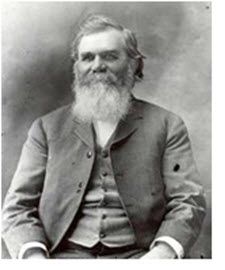 The Connection Between Mental Health and Chiropractic Care
The Connection Between Mental Health and Chiropractic Care
Dr. Daniel David (DD) Palmer, the discoverer of chiropractic, was a man ahead of his time. He had an impressive library of scientific insights. Drawing from his studies he came to the conclusion that dis-ease (body malfunction) was caused by three T’s: Toxins, Thoughts (mental health) and Trauma.
Today’s scientific community is verifying those profound insights. Last month we discussed toxins. Now let’s look at thoughts.
Thoughts (emotions) are Powerful
The body affects the mind and the mind affects the body. Years ago it was believed our thoughts had no bearing on our health. During the mid-20th century the term psychosomatic illness was used to refer to a few conditions believed to be caused by emotional stress. But that was only just the beginning.
Today, many healers agree that it is rare to find a physical illness that cannot be affected by our emotions and just as impossible to find an emotional illness that has no physical effects. Mind and body interact in all circumstances.
Today the term mind/body or body/mind is used to describe this complex interrelationship.
From a physical standpoint we know that emotional stress affects our hormonal system and our immune system. We also know that physical stress and changes in body chemistry can cause or contribute to changes in brain chemistry.
also know that physical stress and changes in body chemistry can cause or contribute to changes in brain chemistry.
Life-threatening, even terminal illnesses such as cancer, have been reversed when individuals have had an emotional catharsis or an experience inspiring great hope and optimism. Emotional illness has reversed when people have experienced a physical healing.
The Chiropractic Connection
Chiropractic is a mind/body or body/mind healing art. The mind healing (psychotherapeutic) effects of chiropractic care were observed over a century ago and resulted in the creation of the Clear View and Forest Park Sanitariums devoted to caring for people suffering from mental and emotional disorders such as anxiety, “nervous disorders” (as they were then called) and more severe forms of emotional illness such as schizophrenia.
In fact, over a forty-year period, Doctors of Chiropractic and chiropractic schools operated nearly two hundred hospitals demonstrating that chiropractic care, with proper subluxation correction, along with a nutritious diet, exercise, fresh air and sunlight, had powerful healing effects.
Both Clear View and Forest Park Sanitariums consistently reported greater success than the state mental hospitals. The results so impressed North Dakota circuit court judge A.W. Ponath, that he consistently refused to send a patient to the state mental hospital unless they first spent time in the chiropractic institution. (5)
Why? Because without drugs, surgery (pre-frontal lobotomies) and electric shock therapy, chiropractic promoted real brain health and had a greater healing success rate.
Today chiropractors see many patients suffering from anxiety, depression, addiction, ADD, ADHD, autism and other conditions.

References and research for this article were obtained from the following sources:
1. Regan B, Hirshberg C. Spontaneous Remission: An Annotated Bibiliography. by. Sausalito, CA: Institute of Noetic Sciences, 1993.
2. Quigley WH. Pioneering mental health: institutional chiropractic care. Chiropractic History. 1983;3:68-73.
3. Goff PJ. Chiropractic treatment of mental illness: a review of theory and practice. Research Forum. 1987;4(1):4-10.
4. http://www.chiro.org/Plus/History/Persons/Mental-Health_in_Chiro/Mental_Health&Chiro- chrono.pdf
5. Glenther GC et al. Improvement in depression following reduction of upper cervical vertebral subluxation using orthospinology technique. Journal of Vertebral Subluxation Research. November 7 2005;1-4.
 It’s Happening (again) …
It’s Happening (again) …












